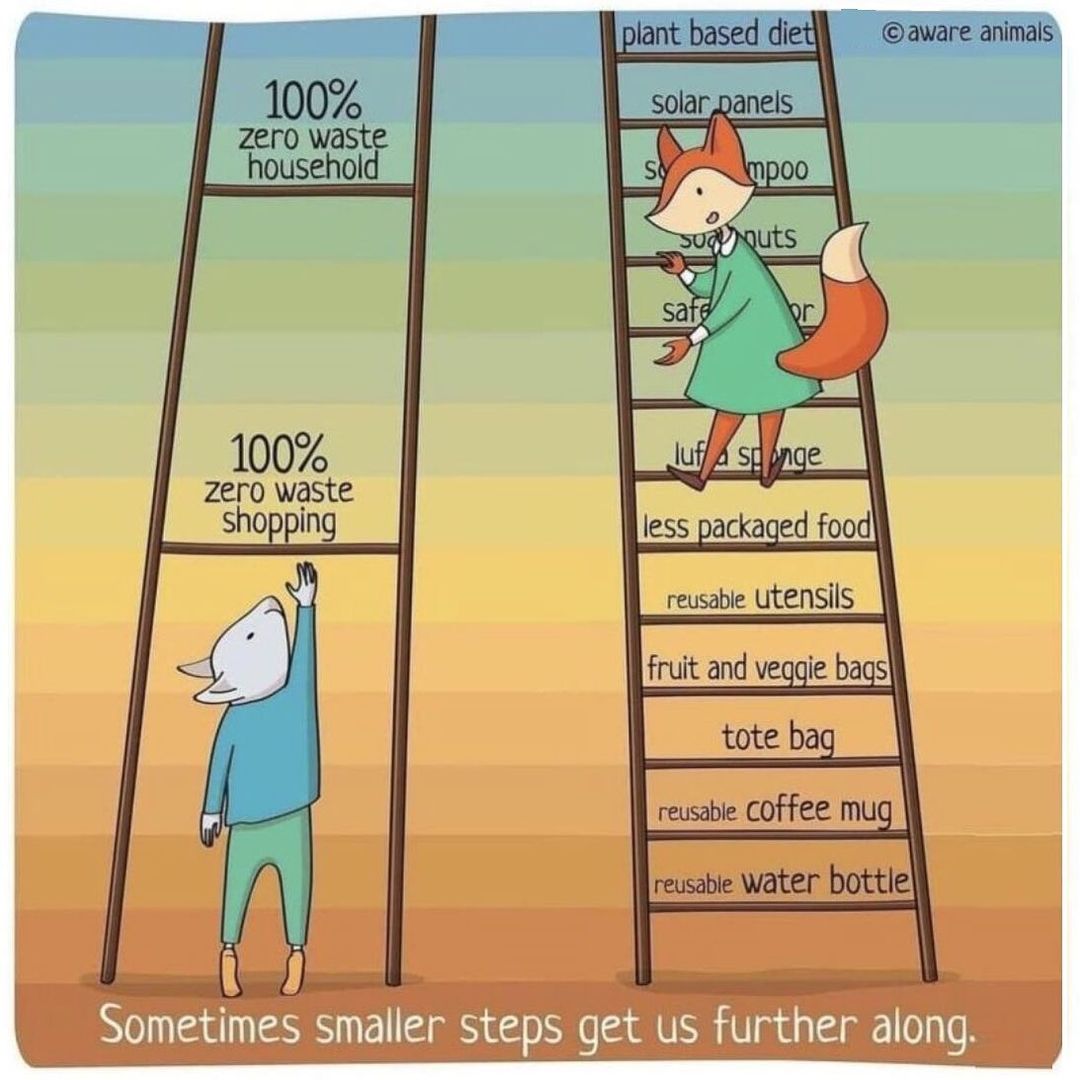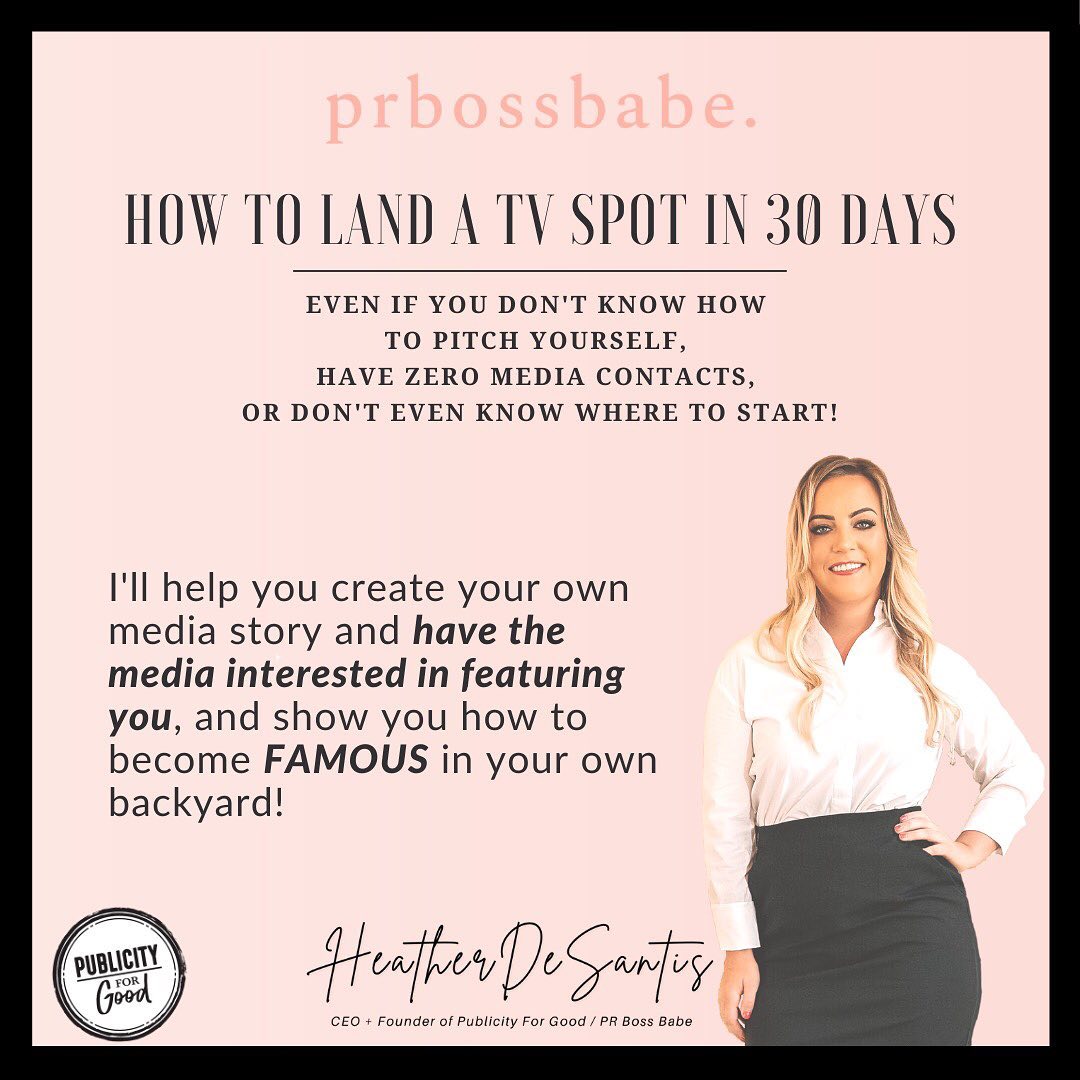If you work in public relations, you’ve been in at least one of these situations. A client signs with your agency and immediately asks, “Tell me again, what is it exactly that you do?” Or friends tell you organizing parties must be a fun job. Or a journalist claims that traditional PR is dead. Misconceptions about public relations are all around us. From believing PR is the same thing as advertising to clients trying out PR for a few months, keep reading to find out what the top 12 myths about public relations are!
Myth #1: PR Is The Same Thing As Advertising
PR is the middle child of advertising and marketing. They work hand in hand but their functions are completely different. Advertisers are trying to sell their clients’ services and products, asking consumers to trust the brand. On the other hand, PR gets someone outside of the brand’s circle, usually media, to tell people to buy the product. That’s guaranteed added value. Indeed, 70% of customers would rather find out about a product through articles instead of ads. In a way, earned-media is used as an advertisement. The only differences are credibility and cost. Having a PR strategy allows brands to establish credibility first, before spending ad dollars. Otherwise, the ad campaign would not be effective.
Myth #2: PR Is All About Press Releases
When clients come into a PR agency, the first thing they ask for is usually press releases. While they are important, press releases are not the most central part of public relations. They can be great for new product launches or general announcements, but they are not a PR strategy on their own. The core part of PR is building relationships with media outlets, to build brands’ credibility. This overarching strategy then allows press releases to be successful.
Myth #3: Public Relations Professionals Are Spin Doctors
This myth should be blamed on TV! Samantha Jones and other on-screen PR professionals are portrayed as solving crises all day. In reality, that’s only a tiny part of the job. Instead, any good PR agency is focused on putting the truth out there. If a business has a ton of negative reviews, no amount of PR will save that reputation. Instead, the PR agency will craft a strategy to make sure their clients’ reputation is positive from the start. That way, a small scandal or bad reviews will be counterbalanced by the reputation.
Myth #4: You Have To Be Famous to Benefit From PR

Most PR agencies don’t represent famous people! A lot of smaller boutique agencies are focused on up-and-coming companies that have a much more personal story. These brands can benefit from PR as much, if not more, as celebrities do. PR will build them a reputation and get the word out about their products to ensure sustained growth. What’s more, journalists often like underdog small companies better. It’s easier for them to craft a story around a unique and personal business than a mainstream brand.
Myth #5: New York City Agencies Are The Good Agencies
When people think of PR, they usually think of Samantha Jones, from Sex and the City. With their fancy Manhattan office, NYC agencies often attract lots of brands. While some of them do a great job, boutique agencies should not be overlooked. These non-NYC-based firms work on traditional media outreach, like in New York. But they also focus on turning brands into their own media. What’s more, they understand the importance of freelance journalists and smaller outlets.
Myth #6: PR Only Impacts The Top of The Funnel
It is often believed that PR only impacts the top of the funnel. That is, it only creates awareness within the consumers instead of leading to actual purchases. That couldn’t be less true. Public relations is all about building credibility and maintaining brands’ reputations. From top to down of the funnel but from bottom-up as well. PR allows brands to reach every audience they can, at any point of the funnel.
Myth #7: Traditional PR Is Dead

Traditional PR isn’t dead. It’s evolving. While print still exists, traditional media is now digital. It’s not an extinction, simply a transition. Most mainstream magazines and smaller publications have shifted online. But the relationships between reporters and PR professionals stays the same. And PR can achieve better results than it ever could.
Myth #8: Clients Can Try Out PR For 3 Months
PR requires a significant budget, we get it. But when clients tell their PR agency they want to try out public relations for three months to see how it goes, we all know it’s a recipe for disaster. Three months is usually the amount of time needed to fully set up a strategy. It isn’t enough time to issue out a campaign, much less so to get top tier results. PR is a marriage. Your public relations agency has to be an integral part of your business and your brand. The collaboration never stops. As such, businesses should find an agency that understands their brands and their mission.
Myth #9: Clients Don’t Have to Communicate With Their PR Agency
When clients stop communicating with their agency, that’s when the job of PR professionals becomes impossible. Because the agency needs to be integrated with the brand, clients should keep them in the loop. From their rolling agenda to monthly reports, or anything that could be newsworthy, clients should share everything with their publicist. A classic example? A PR agency finding out about their client’s product launch through an email list. Clients should consider their PR agency as part of their executive roundtable and public relations should be embedded in the marketing team.
Myth #10: PR Can Be a Set It and Forget It

Public relations isn’t an automated process. Without regular check-ins with their agency, clients are headed towards a failed campaign. Things change so much from week to week, whether it be in the media, within the company, or in the news. So staying up to date about your PR work, looking at reports, and understanding what your agency is doing is crucial.
Myth #11: Take Your Time, Journalists Can Wait
When their PR agency contacts them with a good media opportunity, some clients take days to respond. That makes the agency’s work virtually useless. Such a response should be sent within fifteen minutes to an hour. Indeed, journalists need to finish their stories fast, especially if they want to break it first. The people who respond first will get into the story and some opportunities get missed all the time because clients aren’t responding.
Myth #12: You Can’t Work In PR Remotely
COVID-19 has forced people to realize PR professionals can still be efficient when working remotely. But the industry was running on remote workers before then. From freelancers to big agencies running completely remotely, public relations can be done from afar!
Working in PR is a blast! From strategy and social media to brand-building and press clips, publicists do it all. Unfortunately, too few people understand what public relations is all about. Educating clients, journalists, and the general public about our work is of the utmost importance. Breaking the top 12 myths about PR is the first step towards a better understanding of such an important industry.
